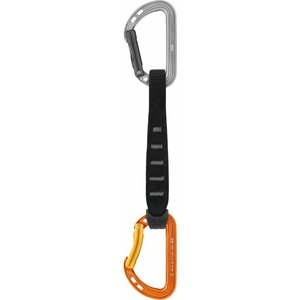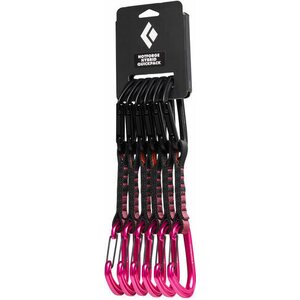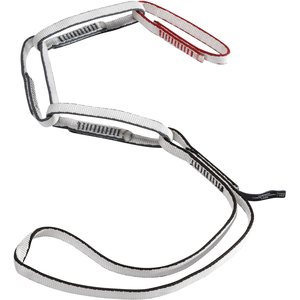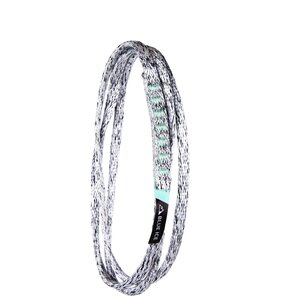(50,54 - 86,40 €, 付加価値税 0)
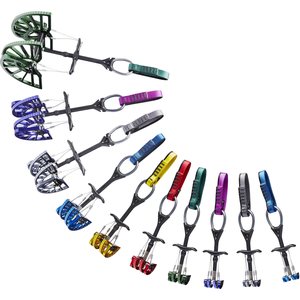
As the snow melts away, spring once again draws outdoor climbing enthusiasts toward the crags.
Perhaps this year could be the right moment to try something new, and dive into trad climbing?
Trad climbing, or traditional climbing, refers to a form of lead climbing where the climber places their own protection into the rock. Whereas in sport climbing, bolts are already placed in the rock, quickdraws are used, in trad climbing, the climber protects themselves using devices called cams and nuts.
One of the advantages of starting trad climbing is that it opens up a vast number of new routes beyond those that are pre-bolted for sport climbing. You can search for suitable climbing spots using the 27Crags app. Trad routes often follow cracks in the rock, which is why trad climbing often requires knowledge of crack climbing techniques, such as “jamming.”
Many climbers consider trad climbing a “pure” form of climbing that emphasizes the mental aspect of the sport. Climbers must trust their own skills, as their safety relies on the protection they place themselves.
Placing Protection in Trad Climbing
In trad climbing, protection is mainly done with cams and nuts, which are placed into cracks in the rock. Cams are active protection devices with movable jaws that expand against the rock, while nuts are passive pieces that are wedged into suitable cracks. Both cams and nuts are available in a wide range of sizes, from small to large.
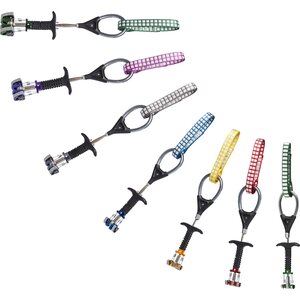
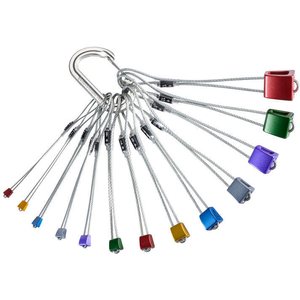
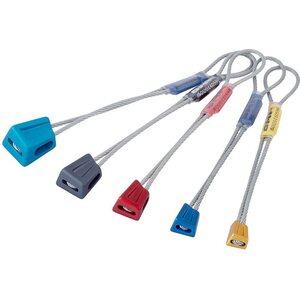
Since trad climbing is more demanding than sport climbing, most climbers move into trad after becoming familiar with the skills needed for rock climbing through sport climbing. It’s generally not recommended for beginners to jump straight into trad climbing, and even experienced climbers should take a trad climbing course to learn how to place protection safely and build trad anchors, for example.
Mastering Cams and Nuts
Once you've completed the courses, the next step for many is acquiring trad climbing gear. The collection of cams and nuts carried on the crag is referred to by enthusiasts as a rack. Different conditions naturally require different racks, but a so-called double rack will already take you far in the hobby.
A single rack typically consists of one set of cams and nuts, ranging from the smallest to the largest sizes. In theory, nothing prevents you from mixing cams and nuts from different manufacturers in one rack, but sizing conventions vary greatly between manufacturers. It’s often recommended to choose a set from one manufacturer. For example, in the case of Black Diamond, this would mean sizes 0.3-4, and with Totem, sizes 0.5-1.8.
A double rack, on the other hand, consists of two of each cam size. Depending on the climber’s preferences, one or two sets of nuts may be carried. The largest cam sizes may not be needed more than once, and on some smaller-crack cliffs, they may not be required at all. If you’re climbing with a partner, a cost-saving option is for each climber to purchase a single rack and combine gear at the crag.
In addition to protection, trad climbers should also get a nut tool, which makes it easier to remove cams and nuts stuck in tricky spots. Trad climbing also makes use of so-called alpine quickdraws, where a 60-centimeter sling is typically used between two carabiners. It’s also a good idea for trad climbers to carry a few additional slings. Further details on the necessary gear and other specifics of trad climbing are covered in trad climbing courses.
